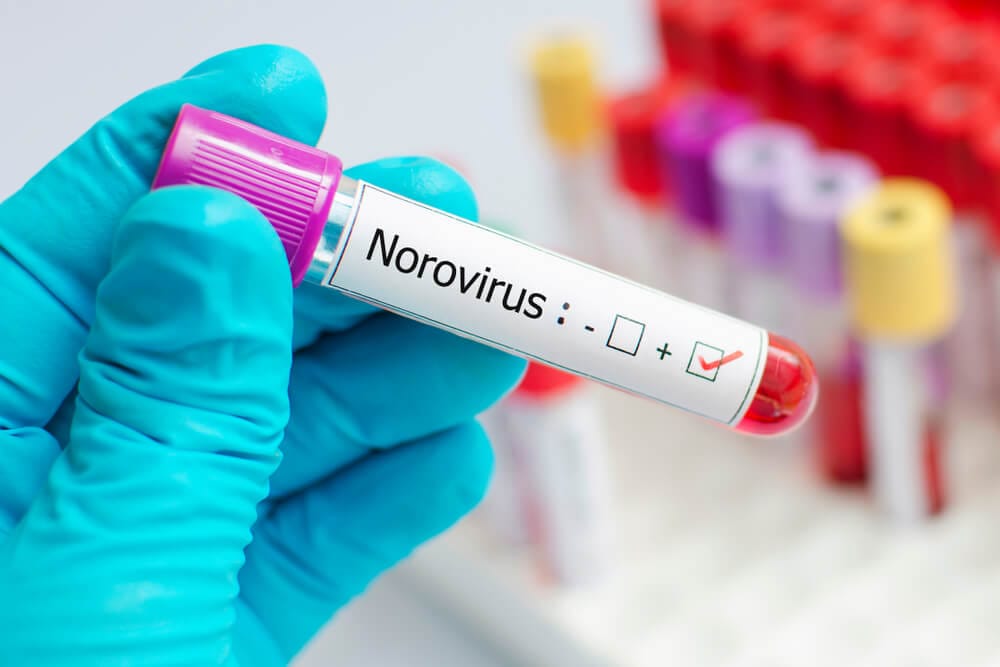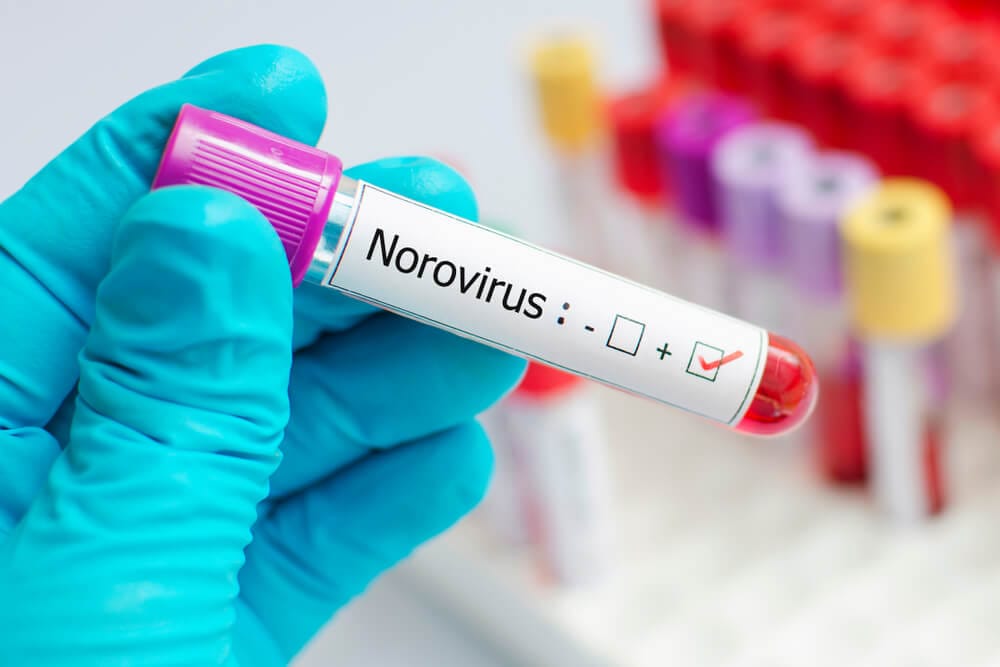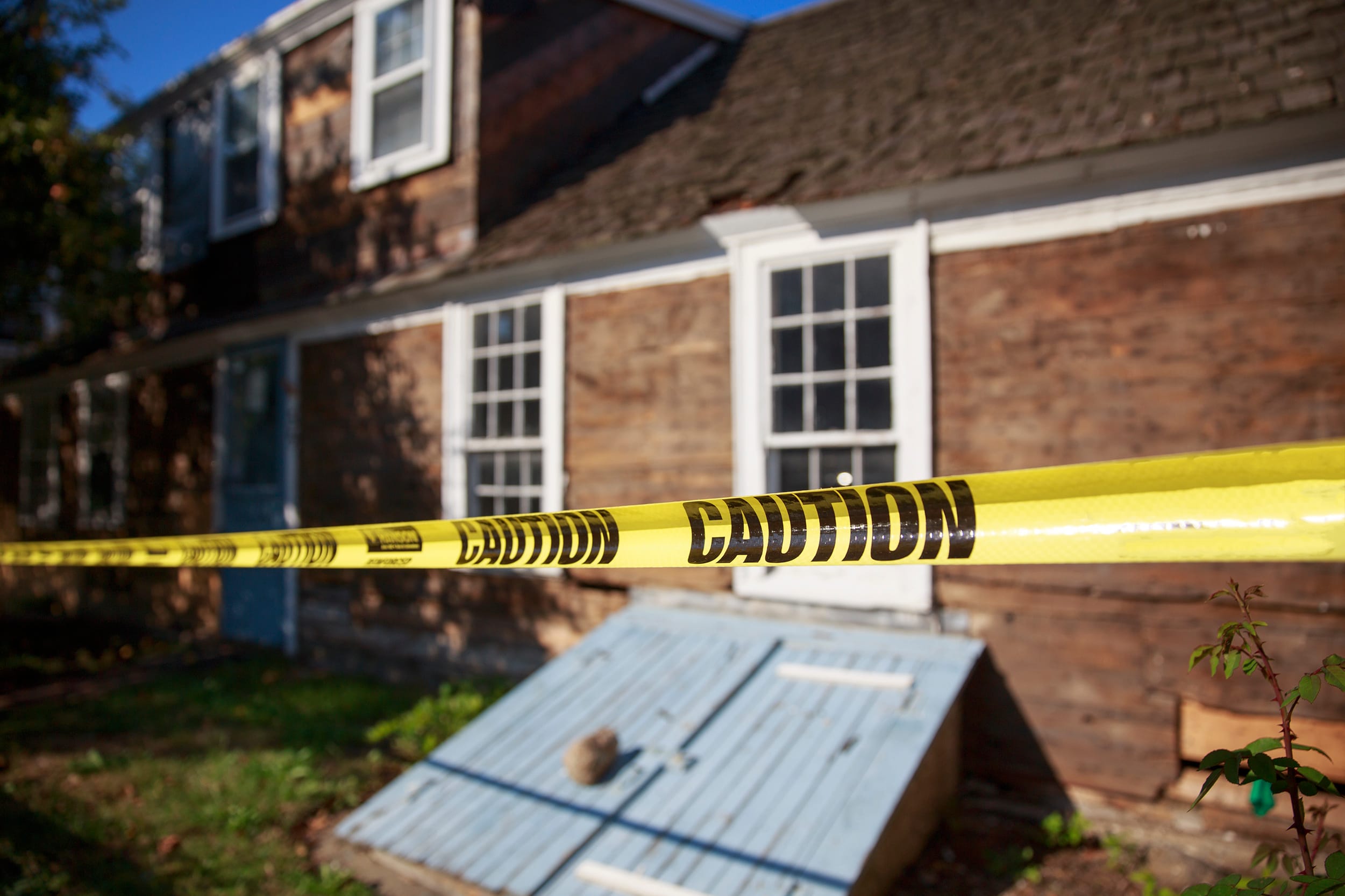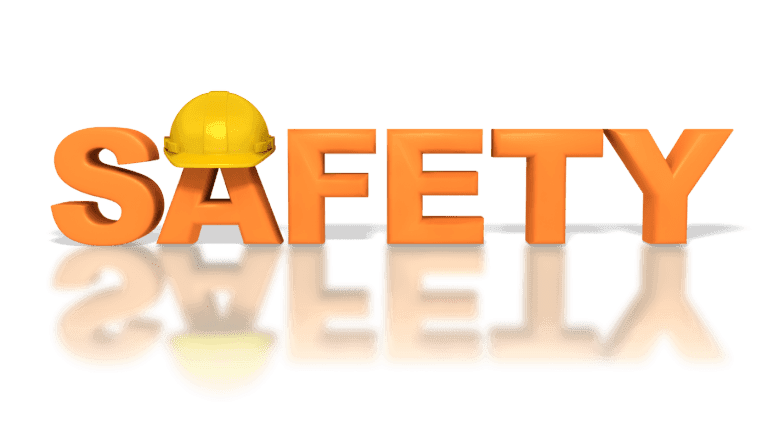Professional cleaning companies most often get called in for heavy-duty jobs such as cleaning up a property thats suspected to be an ex-drug laboratory or a crime scene covered in blood and other bodily fluids. While there is a general agreement that drug residue and bloodstains can be dangerous if handled by untrained cleaning personnel, other potentially biohazardous fluids are often underestimated, vomit being one of them.
In order to fully protect yourself and others around you, you need to understand the potential danger when dealing with biohazardous fluids other than human blood and blood products. Before we discuss whether human vomit is considered a biohazardous fluid or not, lets first define what a biohazardous fluid is.
Biohazards , What Are They?
According to the U.S. Centers for Disease Control and Prevention, biohazards are any biological or chemical substances that may jeopardize the wellbeing of humans, animals, or the environment. Biohazards are known to carry several viruses, bacteria, and microorganisms that can have an adverse effect on ones health.
Is Vomit a Biohazardous Fluid?
So now that weve established what biohazardous fluids are, lets examine how vomit fits into the description. Human vomit can carry numerous hazardous pathogens that can rapidly contaminate the surface on which it lands, but also the air around it. Once vomit exits the stomach and lands on a surface, it also releases infectious airborne droplets. These infectious droplets can spread fast and travel for considerable distances. Because of this, its extremely important to take the necessary precautions when cleaning up vomit and making sure you are thorough. Having a mask and avoiding direct physical contact at all costs is a must. In case you do come in contact with potentially infectious vomit, you need to sanitize that part of the body immediately.
Hazardous Pathogens Related to Vomit
So what are the most common pathogens found in vomit?
The most common diseases transmitted via vomit are:
- Salmonella
- Typhoid
- Hepatitis A
- Hepatitis B
- Varicella
- Norovirus
Norovirus falls into the category of acute gastrointestinal illnesses and is especially dangerous due to how fast it spreads via air. A person infected with norovirus will experience an inflammation of the stomach or intestines and will consequently feel nausea, stomach aches, and the need to throw up. Once the infected person vomits, everyone in the near vicinity is in danger of contracting the virus. Norovirus is also infamously called the cruise ship disease because of numerous outbreaks during cruises.

Vomit Cleanup 101
Alright, so we know vomit is no joke and needs to be handled with care. How do we approach cleaning up puke? Since we established that vomit is classified as a biohazardous fluid, cleaning it up properly requires following certain protocols and procedures.
First things first, lets talk about protective equipment.
- Mask
- Goggles
- Gloves
- Plastic scraper
- Personal protective clothing
- Efficient cleaning agents
Make sure to have all the personal protective gear on you before you go anywhere near the location of the vomit. The key here is not to let any part of your body come in direct contact with the infected surface. Use a cheap plastic scraper that you can throw away later. Scrape the vomit onto a piece of cardboard and use a plastic trash bag to dispose of it.
Once you throw out the trash bag, cover the affected area with a cleaning agent, and leave it to soak for 20 to 30 minutes. Make sure to cover the entire area. Finish cleaning up the area by vacuuming the surface and treating it with a stain remover combined with a powerful deodorization agent. Depending on the severity of the incident, hiring a professional cleanup crew might be the best solution. An expert cleaning team will have the tools and the knowledge required to restore the area to its pre-incident state safely and efficiently.
Letting the Professionals Handle It for You
In case youre not confident you can properly carry out a vomit cleanup by yourself, or you lack the necessary equipment, calling in the pros to do it for you is the best course of action. The risk of trying to clean up vomit by yourself is enormous, and not exactly worth it when you can hire highly-trained cleanup crews with years of experience in handling hazardous substances.
Spaulding Decon specializes in cleaning up the most challenging jobs, including crime scenes, meth labs, mold-infested properties, and other biohazard disinfection and decontamination jobs. We also take smaller yet also dangerous jobs such as cleaning up vomit before highly contagious or dangerous airborne diseases get a chance to spread any further. In case you need a professional cleaning job done, make sure to contact us via our website or by calling us directly.




